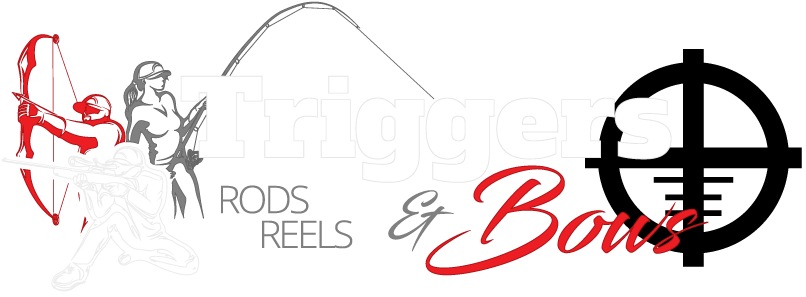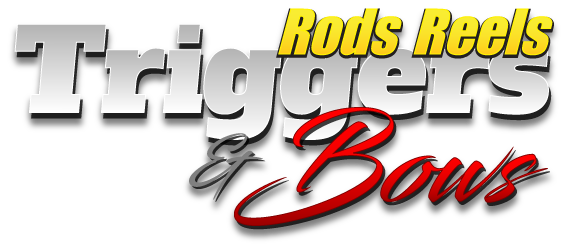Parts of a Bullet
When most of us think of a bullet, we picture its appearance before it fires out of a gun. However, in reality, a bullet is simply a projectile. It is a small piece of metal that shoots out of the barrel of the gun. Before being fired, all of the combined parts are called the cartridge or the ammunition.
Four major components make up a cartridge:
 The Bullet (or Projectile)
The Bullet (or Projectile)
The bullet is a small piece of metal that makes up the tip of the round. It is the piece of the cartridge that fires out of the gun. So, what is a bullet made of? It’s often made of materials like copper, steel, lead, polymers, or even rubber.
The Casing
Sometimes in crime TV shows, people policing their brass is discussed. After every shot fired, a gun kicks a casing (the brass) out the side of the weapon. This casing holds all the components of a cartridge together before firing.
 The Gun Powder (or Propellant)
The Gun Powder (or Propellant)
Gun powder is the propellant that provides the energy needed to force the bullet out of the barrel and into the target. Often called black powder, this substance explodes when struck by the primer. Burning powder ignites in an instant, creating a miniature explosion. This explosion pushes against the base of the bullet and shoots it out of the barrel. The force is so powerful most bullets travel faster than the speed of sound.
The Primer
What is the bullet primer? It seems like such a small, insignificant part of a cartridge, but without it, a bullet can’t move. The primer is a small capsule of specially prepared gun powder attached to the bottom of the casing. When a shooter pulls the trigger, the firing pin hits the primer squarely, causing it to explode. What is in the bullet primer that makes it so important? It’s a volatile, slurry-like mix, that has been compressed into a pellet and protected by a layer of metal. All it needs to explode is the right amount of force in the right place.
Choosing the right bullet:
How do I know what kind of bullet to buy?
When choosing ammunition, it is smart to pay attention to several factors:

Understanding Bullet Weight
One of the most common questions is what the grain of a bullet is. A grain is a measurement of weight. There are 437.5 grains in an ounce (or 15.4 grains per gram for those who use metric). Heavier bullets are slowed down by their weight; this means they don’t travel as fast and are more affected by bullet drop. However, these heavier bullets impact their target harder. They see deeper penetration because of their greater kinetic energy. Lighter bullets travel faster and are less likely to drop as they travel across long distances, but don’t carry the same impact energy.

Understanding Bullet Shapes
There are numerous bullet shapes. Depending on the specific goal, different designs work better than others. Some bullets are designed for aerodynamics with boat-like tails and sharp points to help a shooter hit their intended target. Other bullets mushroom on impact, causing a more deadly wound.
Understanding Bullet Materials
Bullets come in several types of metal ranging from soft lead to hard steel. The metal controls how much a bullet expands. Harder metals like steel expand less than soft metals like lead. Sometimes lead core bullets are encased in a metal jacket of harder material. They are designed to create specific expansion patterns. Hunting waterfowl comes with special restrictions. Only non-toxic ammunition that doesn’t contain lead is issued to protect fish and wildlife living in our waterways.
In the end, shooters have to decide what works best for themselves through trial and error. Finding the right combination of weight, shape, and material comes down to a matter of personal preference.
Important Terminology:
Caliber:
Why is it important to use the right caliber of ammo? Every cartridge is a specific size designed to fit a corresponding gun perfectly. These dimensions are the ammunition's caliber. It is essential that before loading a firearm, ensure that the stamp on the bottom of the ammunition matches the caliber stamped onto the barrel of the firearm. Loading the wrong ammunition into a firearm can cause serious accidents.
 Shotgun Shells:
Shotgun Shells:
Shotgun shells contain many of the same components as cartridges. Some shells use many small pieces of metal called shot and some use large pieces of lead called slugs. The casing is typically composed of plastic and shells with shot also have a wad which is a bit of material wedged between the gun powder and the shot.





